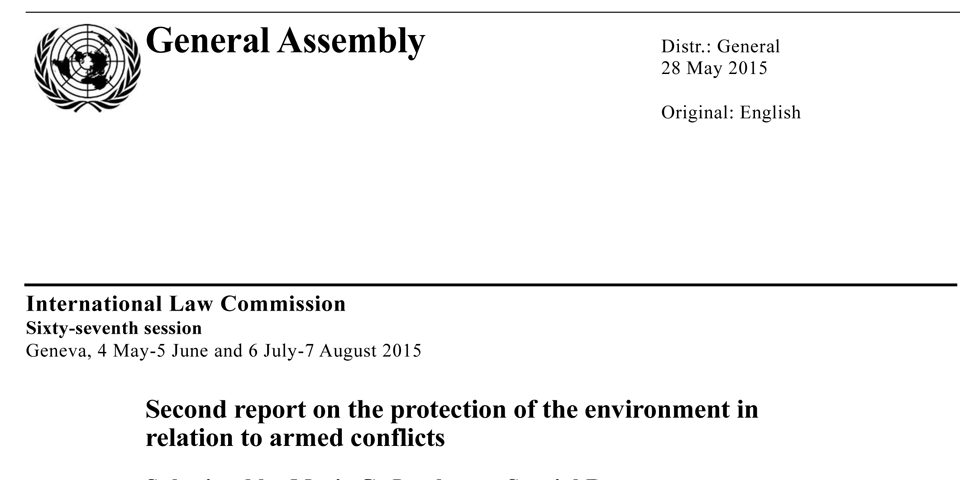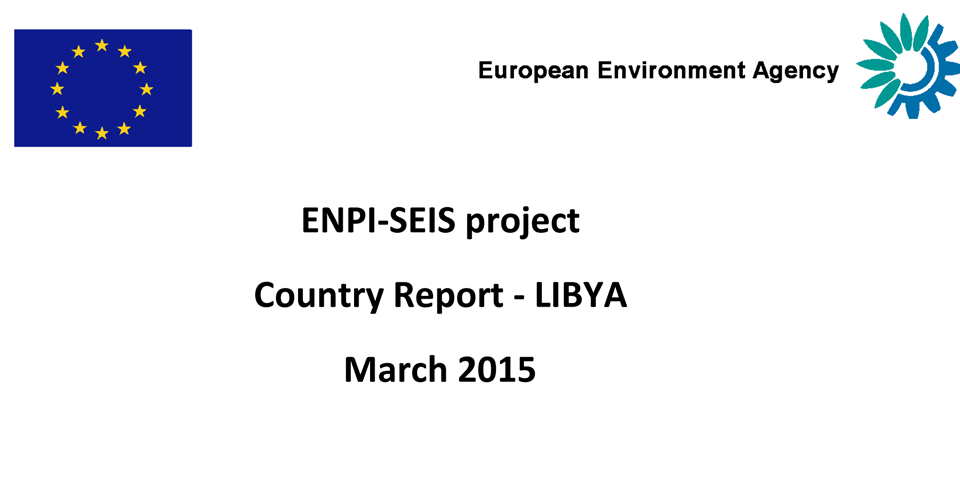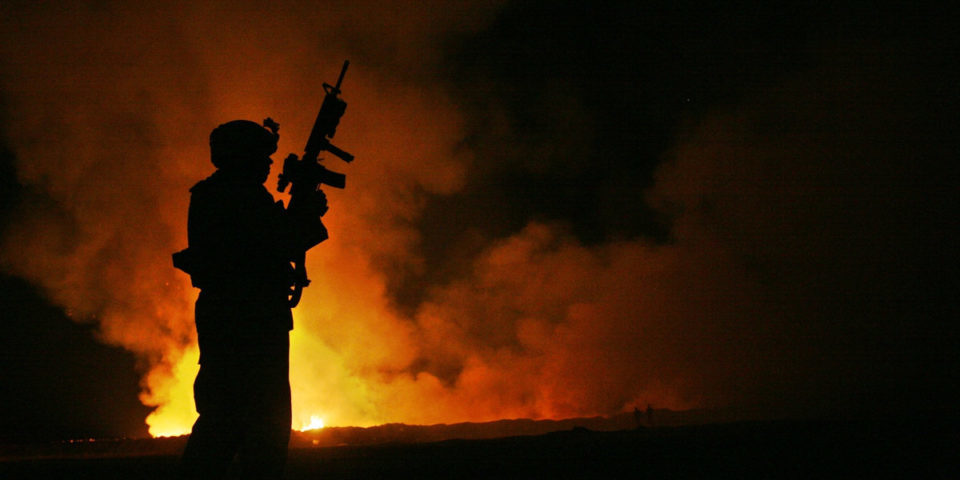Judging the civilian and environmental risks of cyber warfare
How much of a threat do cyber attacks on industrial infrastructure pose to civilians and the environment? More to the point, how do we judge the environmental acceptability of new forms of warfare, or current practices for that matter? Doug Weir takes a look.








